Industry information
Company News
- Punched aluminum veneer: the "breathing window" of modern architecture
- Explore the secret world of punched aluminum veneer
- Curtain wall aluminum veneer: the "invisible hero" of architectural art
- Curtain wall aluminum veneer: the fashionable "coat" of modern architecture
- Aluminum veneer curtain wall: an aesthetic revolution in modern architecture
Industry dynamics
- Aluminum Radiance Reveals the Charm and Secrets of Aluminum Veneers in Curtain Walls
- Surface treatment technology of aluminum veneer
- Aluminum veneer curtain wall, the new darling of architectural art
- Aluminum veneer design, creating a modern and minimalist style
- Punched aluminum veneer: the fashionable choice for modern architecture?
Frequently asked questions
- What is the production process of aluminum veneer?
- What is aluminum veneer?
- What is the environmental performance of aluminum veneer?
- What is the market outlook and development trend of aluminum veneer?
- What is the specific application of aluminum veneer in architectural decoration?
contact us
Mobile:+86 15627778610
Email: 2201229786
Address: No. 5 Binjiang Road, High tech Zone, Zhaoqing City, Guangdong Province
How to set the strength testing standards for punched aluminum veneer?
- Author: Jinba Aluminum Industry (Guangdong) Co., Ltd
- Release time: 2022-03-08 09:56:00
- Click:0
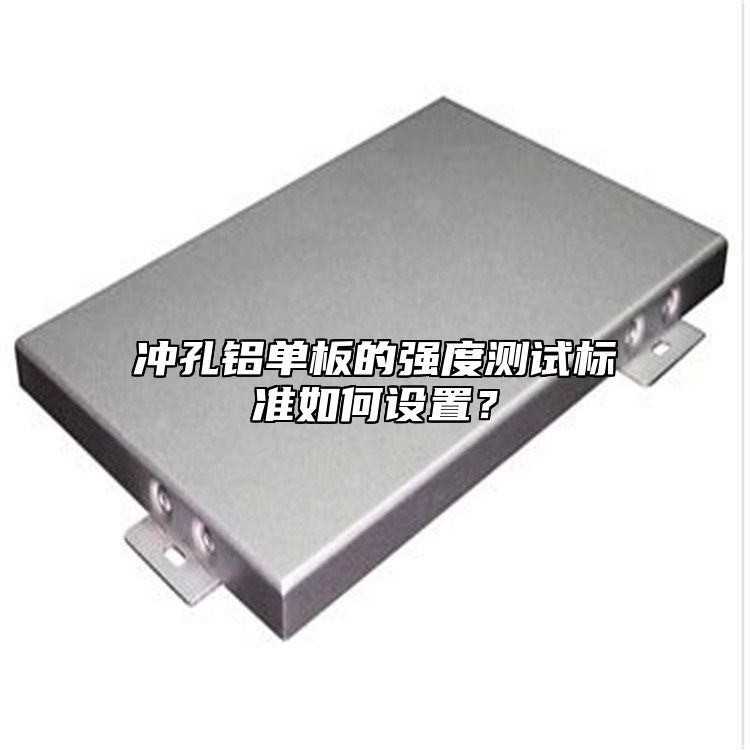
Punched aluminum veneer, as a widely used material in fields such as architectural decoration, billboards, curtain walls, etc., its strength is also an important aspect. In order to ensure that the strength of punched aluminum veneer meets the requirements, it is necessary to conduct strength testing and set it according to relevant standards. The following will introduce how to set the strength testing standards for punched aluminum veneer from the following aspects.
1. Determine the testing method
Firstly, it is necessary to determine the strength testing method for punched aluminum veneer. Generally speaking, commonly used testing methods include tensile testing, bending testing, and compression testing. Different testing methods are applicable to different materials and structural types, and it is necessary to choose the appropriate testing method according to the actual situation.
1. Determine the test parameters
After determining the testing method, it is necessary to determine the corresponding testing parameters according to the requirements of the testing method. For example, for tensile testing, it is necessary to determine parameters such as the size, shape, quantity, and loading speed of the tensile specimen; For bending tests, it is necessary to determine parameters such as the size, shape, quantity, and loading method of the bending specimen; For compression testing, it is necessary to determine parameters such as the size, shape, quantity, and loading speed of the compression specimen.
1. Determine testing standards
After determining the testing method and parameters, it is necessary to set them according to relevant standards. At present, the commonly used strength testing standards for punched aluminum veneer in China mainly include GB/T 31948-2015 "Aluminum Alloy Templates for Buildings" and JGJ/T 130-2016 "Aluminum Alloy Shapes for Building Curtain Walls". These standards specify various performance indicators of punched aluminum veneer, including tensile strength, yield strength, elongation, hardness, etc. When conducting strength testing, it is necessary to follow the requirements of these standards and evaluate and judge the test results.
How to improve the strength of punched aluminum veneer?
To improve the strength of punched aluminum veneer, the following measures can be taken:
(1) Optimizing raw materials: By optimizing the selection and proportion of raw materials, the alloy composition and grain size of punched aluminum veneer can be improved, thereby enhancing its strength and toughness.
(2) Strengthening structural design: By enhancing the structural design of punched aluminum veneer, the stress situation can be increased, thereby improving its strength and stability. For example, adopting reasonable cross-sectional shapes and reinforcing rib arrangements can improve its load-bearing capacity.
(3) Strengthening surface treatment process: By enhancing the surface treatment process, the corrosion resistance and wear resistance of punched aluminum veneer can be improved, thereby enhancing its strength and service life. For example, processes such as anodizing, electrophoretic coating, and fluorocarbon spraying can form a dense and uniform oxide film or coating, thereby improving its tensile strength and hardness.
By determining the testing method, testing parameters, and testing standards, the strength of punched aluminum veneer can be effectively tested and evaluated. By strengthening the quality management of raw materials, optimizing structural design, and enhancing surface treatment management, the strength and service life of punched aluminum veneer can be further improved.

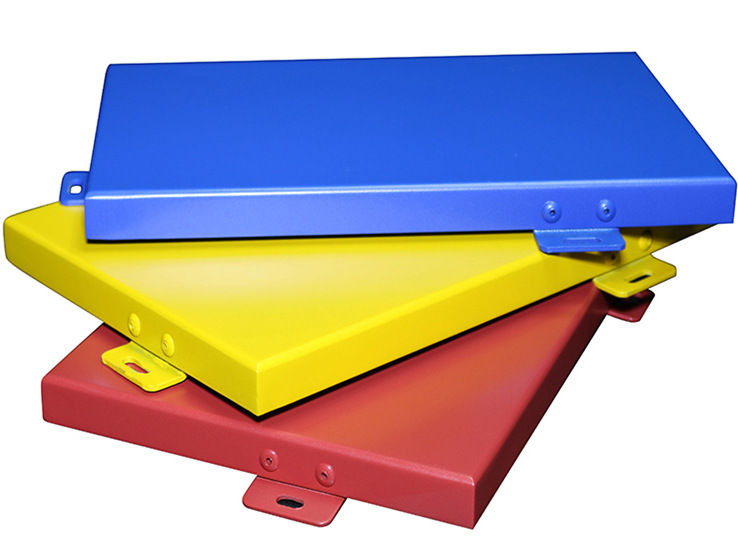
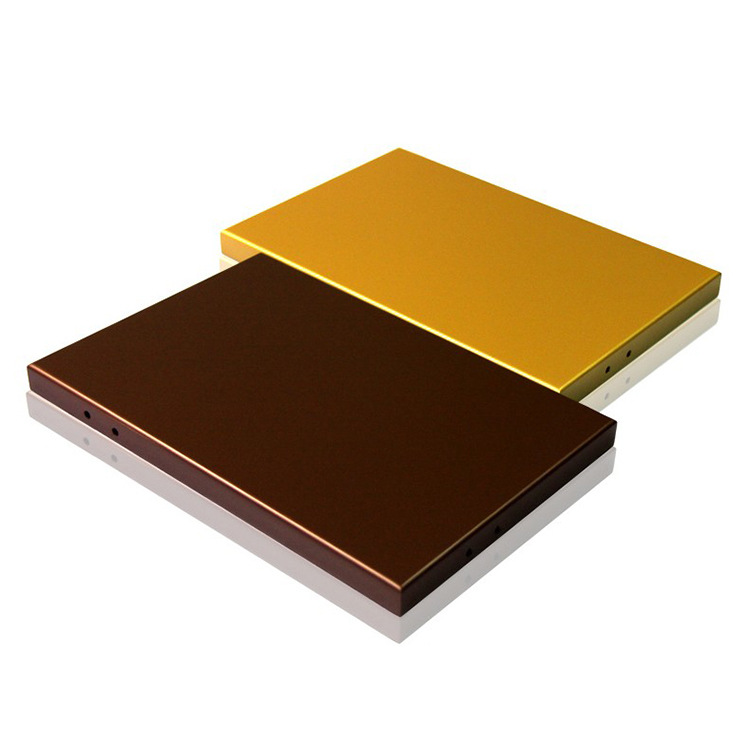
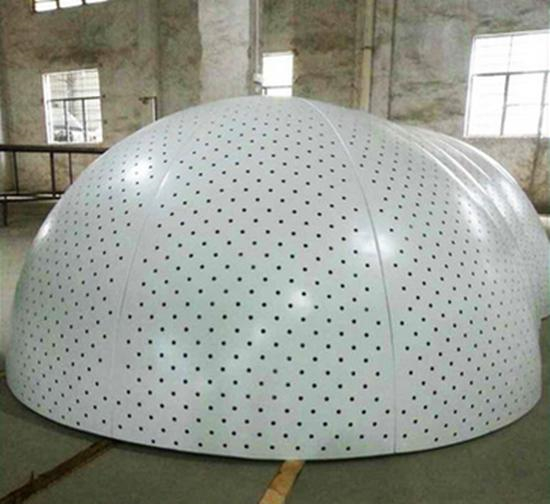
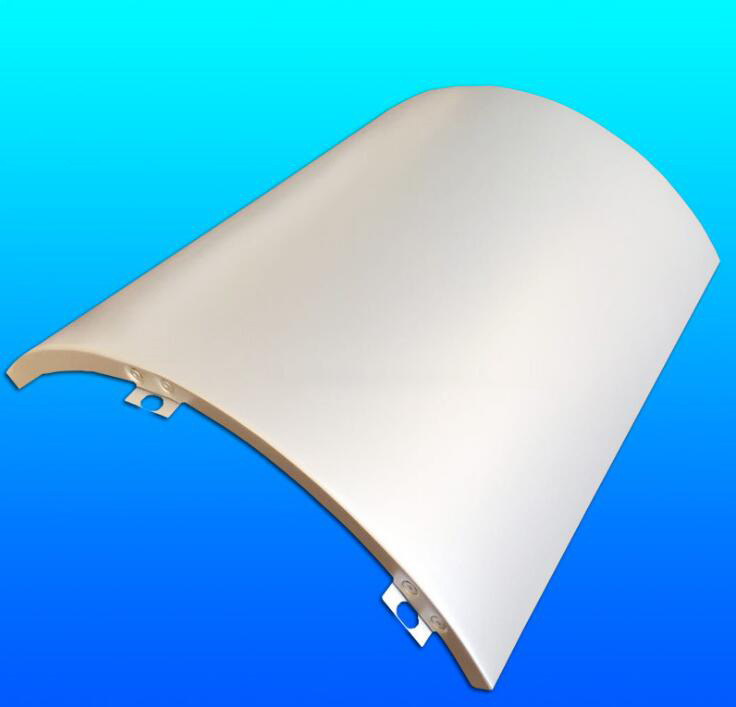
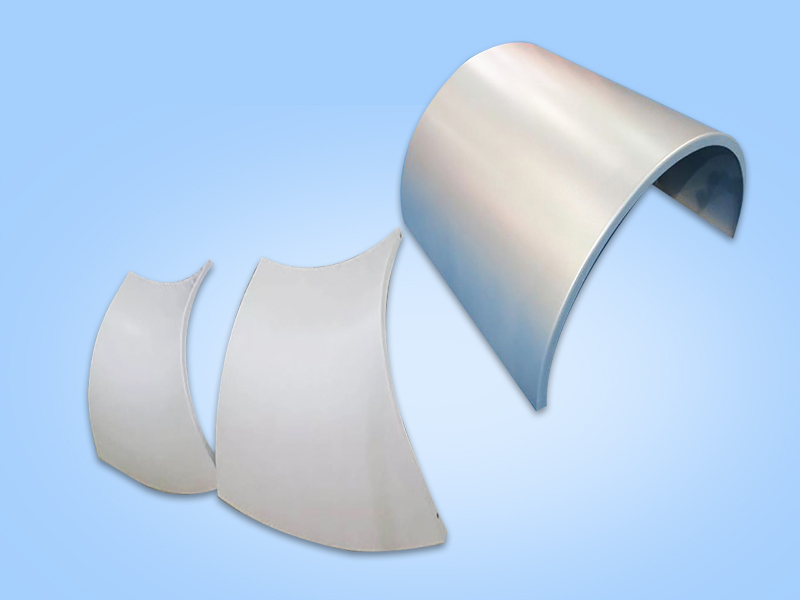

 Customer service QQ
Customer service QQ